Grafted sweet pepper and chilli plants combine the advantages of a vigorous, hardy rootstock with a heavy-fruiting plant to give you bigger harvests. If you don’t have the space to sow seeds, ordering grafted plants provides a supercharged shortcut to success. Here are some top tips on how to care for your chilli and sweet pepper plants to get the best crops.
Browse our full range of grafted vegetable plants for even more inspiration.
Why grow chillies and sweet peppers?
Homegrown chillies and sweet peppers taste delicious and are a key ingredient in lots of tasty dishes from stir fries, to curries and much more. With many health benefits, these plants are:
- Higher in vitamin C than citrus fruits
- An excellent source of vitamin A, potassium, folate and fibre
- Full of healthy antioxidant plant compounds that help guard against chronic diseases
- The ultimate ‘feel good’ ingredient – hot chillies cause the brain to release endorphins
- Extremely low in calories
The Suttons grafting process
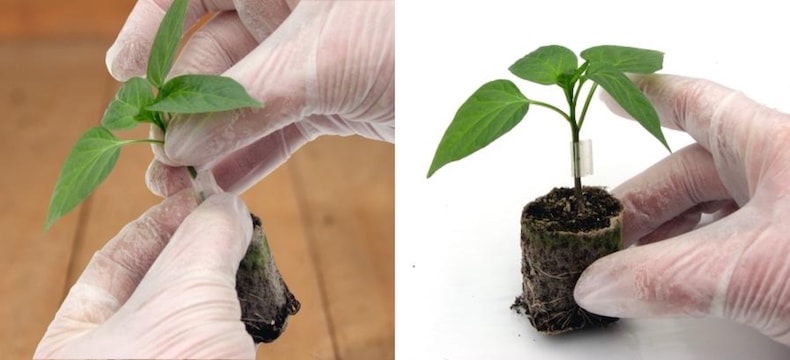
Here at Suttons, we’ve refined our technique to ensure that our grafted plants provide you with bumper harvests of tasty produce throughout the summer. We start with two plants: a tasty fruiting variety and a super-strong rootstock. The stems of both varieties are then carefully and skilfully sliced at an angle, with a sharp blade, by hand. The rootstock bottom and the top of the fruiting plant are then ‘grafted’ together using a special clip which drops off naturally as the plant grows.
What are the benefits of grafted chilli plants?
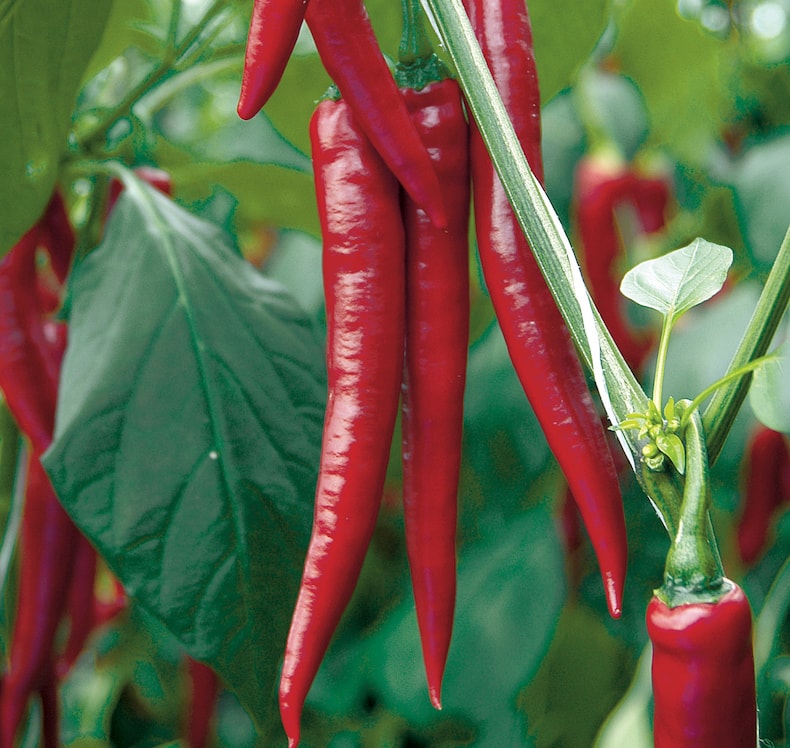
Image: Grafted Chilli Pepper F1 Medina from Suttons
Grafting a vigorous rootstock to a tasty fruiting top means that the new super-strong roots grow deeper into the soil, absorbing more nutrients to provide you with tastier crops and better harvests. These plants also fruit earlier and for much longer than standard plants, giving you an even greater yield over time. Grafted plants also offer:
- Up to 70% more fruit
- Earlier fruiting
- Longer fruiting
- Greater yield
- Greater resistance to soil-borne pests and disease
- Better for outdoor growing – if located in a warm, sunny, sheltered location
- If grown in a greenhouse, they require less heat – saving energy and money
What are the advantages of growing grafted sweet pepper plants?
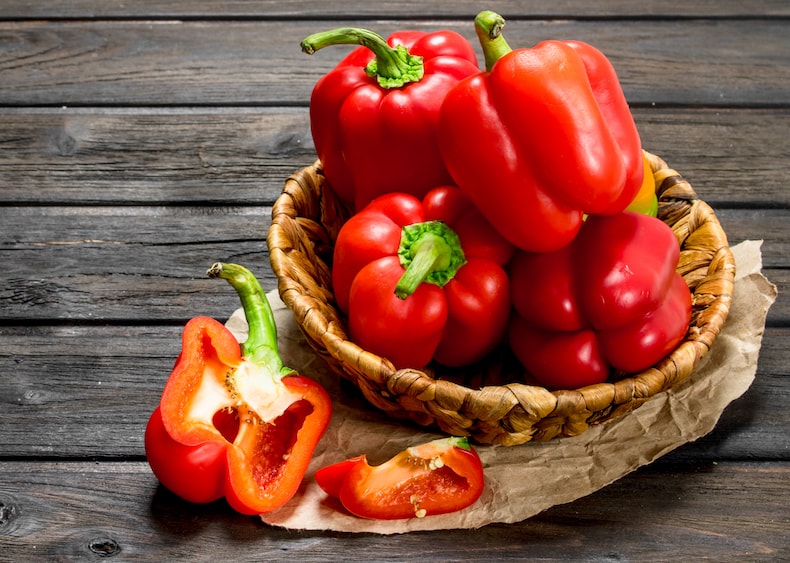
Image: Grafted Sweet Pepper ‘Solario’ from Suttons
The benefits of growing grafted sweet pepper plants from Suttons are virtually the same as their spicier cousins. With grafted sweet peppers, you get:
- Huge yields of delicious fruit
- A longer harvest than standard pepper plants
- More resistance to soil-borne pests, diseases and nutritional disorders
- Can be grown in a container – ideal for small space gardening!
- Can be grown outside in a sunny, sheltered location
- If grown in a greenhouse, they require less heat – saving energy and money
How to grow and care for grafted chilli and sweet pepper plants
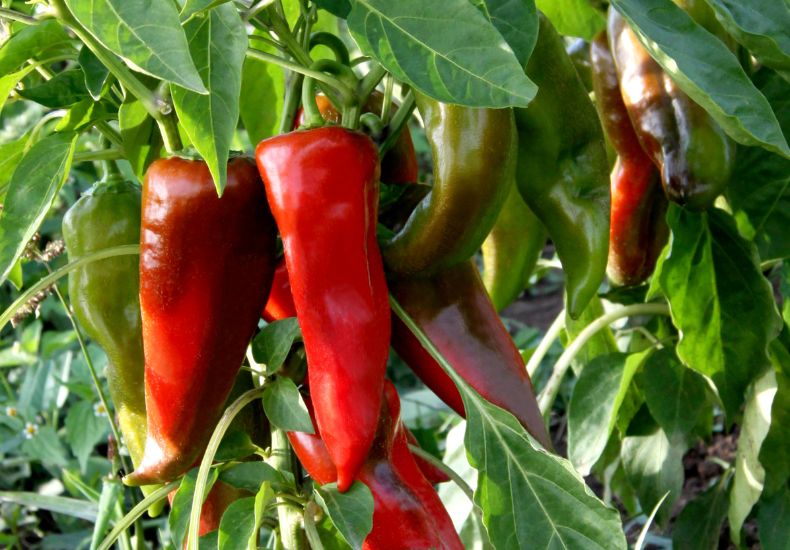
Image: Sweet Pepper ‘Thor’ F1 Hybrid (Grafted) from Suttons
Once you receive your new chilli plants, it’s vital that you give them time to adjust to their new environment. Check the compost is moist and, if necessary, leave the plants to soak in approx 5mm water for 5-10 minutes or until the top of the compost is damp. Stand the plants in a warm, light, airy place like a windowsill or conservatory and allow them to grow on, ensuring that the compost is kept moist.
As your plants develop, you’ll need to transfer them into larger pots to ensure the roots have plenty of room to grow. When planting in its new pot or outdoors, ensure that the point at which the graft was made – where there’s a ‘bump’ on the stem – is above the compost/soil; otherwise, this variety will root itself, spoiling the advantage of growing on a super-strong rootstock.
Once your plants reach around 40cm in height, you can transfer them to their final positions; a greenhouse or a sunny position either in a pot on your patio or planted directly into the soil. These plants will stop growing naturally once they reach a height of approximately 1.2m (4′).
Trimming & pruning chilli and sweet pepper grafted plants
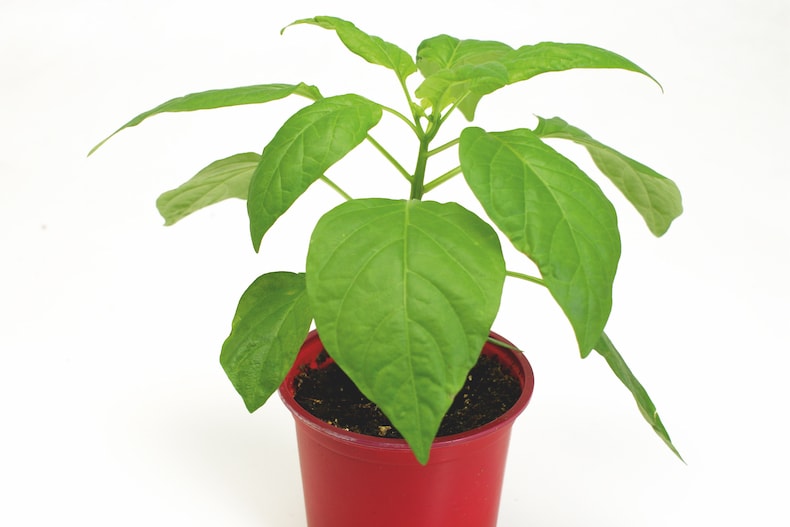
Image: Suttons
As your plants grow, the leaves act as ‘solar panels’, soaking up the daylight and creating lots of sugary goodness and healthy minerals which will eventually end up in your peppers and chillies. Each leaf should therefore have plenty of room to bask in the sun and should be supported off the ground.
Leaves left in the shade produce fewer plant sugars and stay slightly damp, which makes them more susceptible to disease. Use secateurs to trim your plants – they don’t need much – just enough to ensure each leaf gets plenty of light. Similarly, as your fruits ripen, remove some of the lower leaves to allow the sunshine to penetrate.
Feeding and watering grafted chillies and sweet peppers
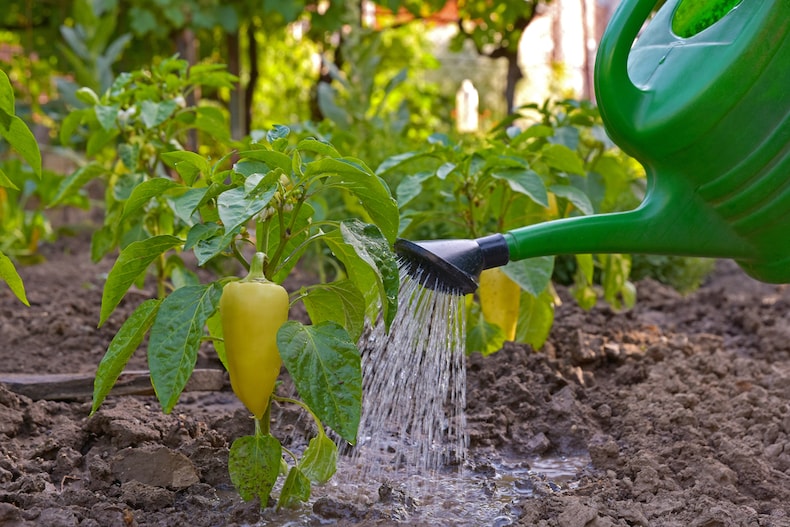
Image: Shutterstock
Suttons grafted plants are more vigorous than standard plants and so will require more feeding. We recommend that you fertilise your grafted plants with plant food containing high potash levels – a tomato feed is fine. You may have to feed your plants twice a week when the plants are fruiting.
Water is also an essential element of the success of your plants. During hot spells, if you notice the soil drying out, a thorough soaking administered to the roots of each plant once the sun has gone down each day will ensure that from early summer and into the autumn, you have large juicy fruits that taste delicious.
When to harvest chillies and sweet peppers
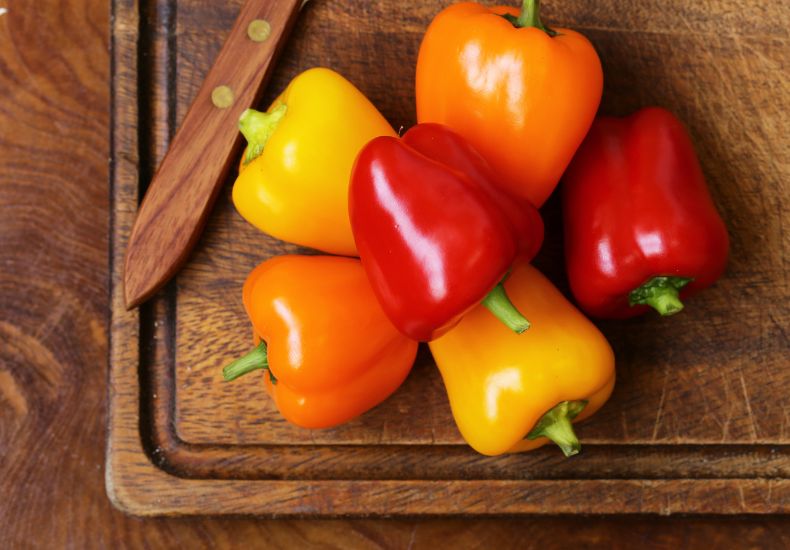
Image: Sweet Pepper Collection (Grafted) from Suttons
Harvest your fruits when green or red depending on the taste you would like to achieve. Chillies become hotter and sweet peppers sweeter as the red colour increases. Simply take some secateurs and cut just above the green stem leaving approx. 2.5cm (1″) at the top. You can store your peppers in the fridge, but for the best flavour, store them at room temperature.
Grafted sweet and spicy pepper plants are a great way to grow copious harvests of delicious, nutritious fruit. For the best expert advice on growing sweet peppers, head over to our dedicated guide where you’ll find all the helpful info you need to succeed.
Lead image: Pepper Grafted (Sweet) Campor from Suttons
Last Updated on May 23, 2025 by Suttons Horticultural Team

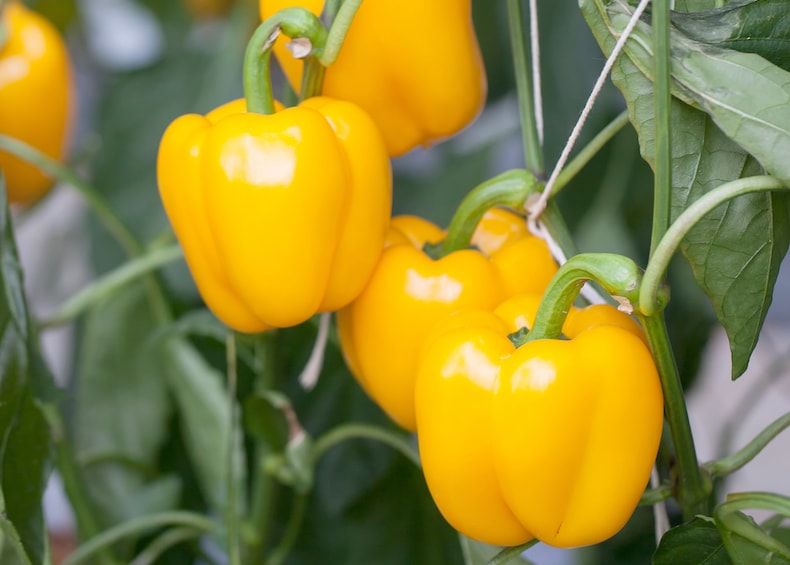

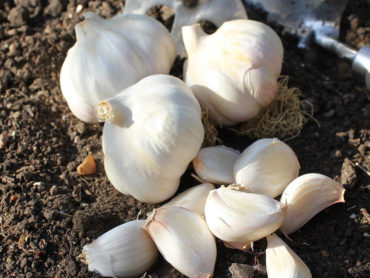
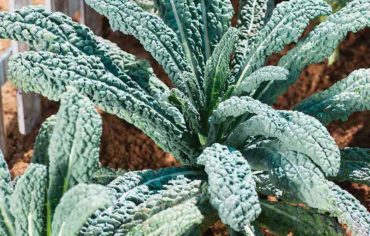
Can grafted chilli plants be kept outside all year round? I’m in London and have sheltered sunny spots outside my house and on my open porch .